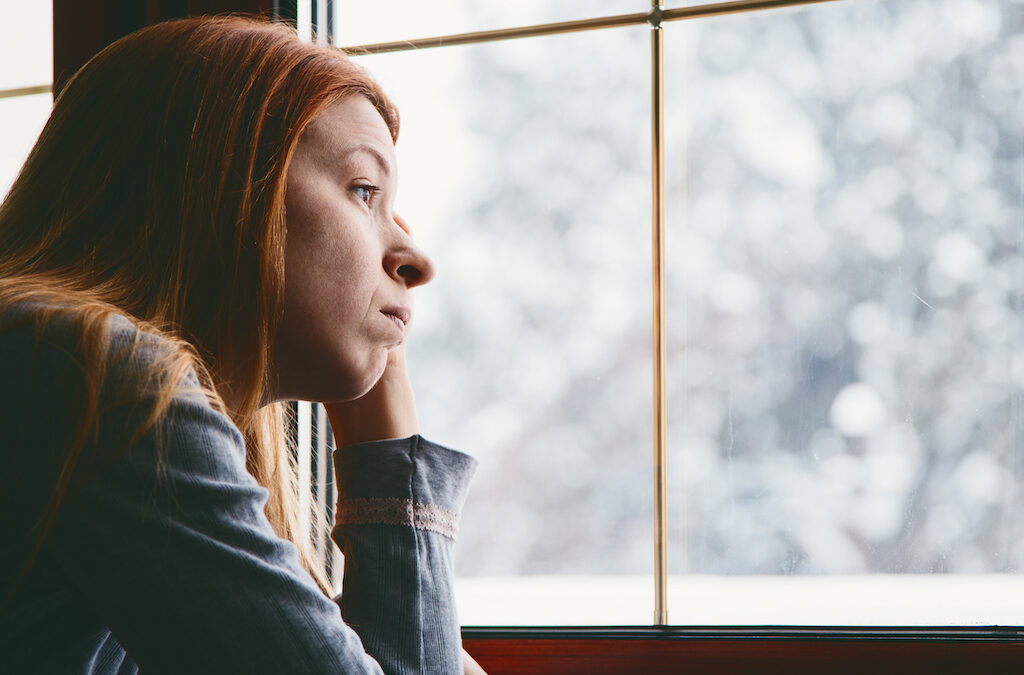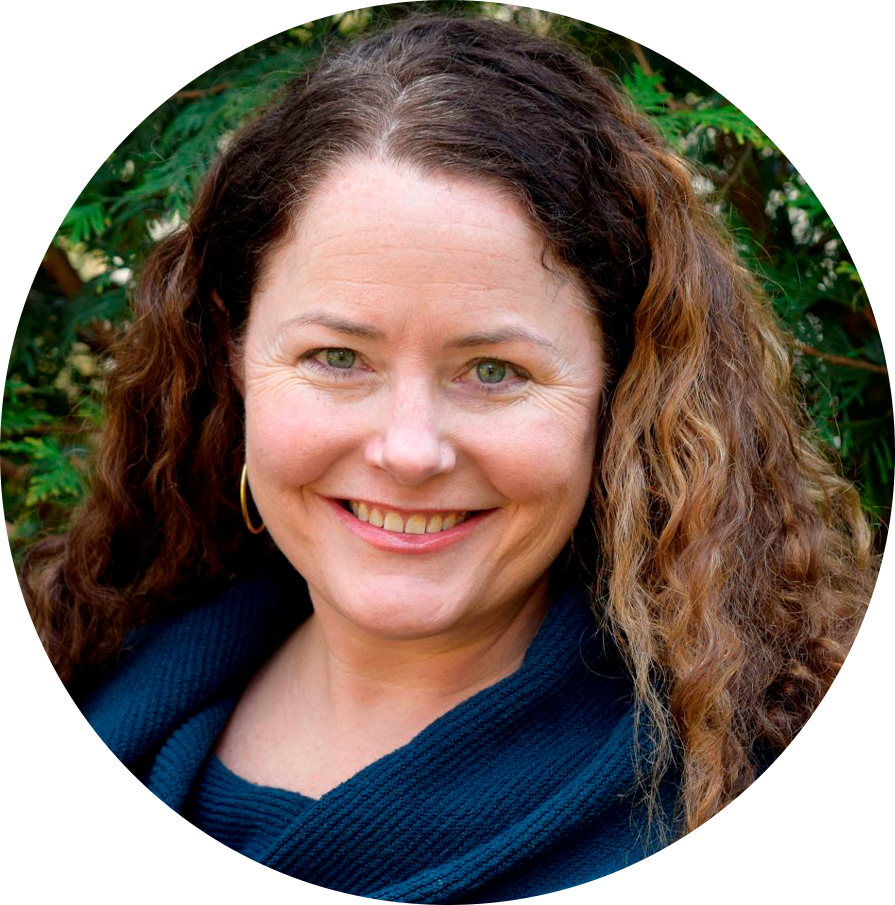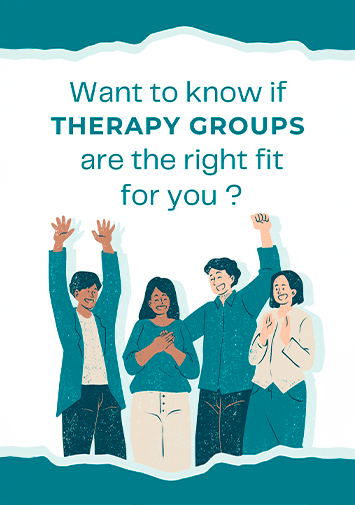Feeling a bit down this winter? You’re not alone. Many people experience a shift in mood and energy as the days get shorter and colder. But how do you know if it’s just winter blues or something more severe like Seasonal Affective Disorder (SAD)? Understanding the difference can be crucial for finding the right support and treatment.
Shorter days. Longer nights. Early sunsets and cold, dark days. You get tired easily and become gloomy. Resentment against the approaching winter builds as you desperately wish for the sunnier and brighter days of summer. This funk you’re in might be the winter blues. But if you feel this way year in and year out, you might be suffering from seasonal affective disorder commonly referred to as SAD.
SAD is a recurring form of depression that occurs due to changes in the seasons. SAD typically starts between late fall and early winter and persists all through the wintry months. Winter SAD or winter depression is the more common of the two and is usually mistaken for winter blues.
If you no longer find joy or fun in what naturally makes you happy or excited, then you’re certainly suffering from SAD and not just the regular winter blues.
Symptoms of Winter SAD
People with SAD experience the following for sustained periods of time:
- A distinct lack of energy
- Sadness, depression, and melancholy
- Oversleeping
- Increased appetite
- Increased craving for carbohydrates or foods high in carbs such as breads, chocolate, pasta etc.
- Weight gain
- Easily irritated
These symptoms start out like normal winter blues but if not diagnosed and treated in a timely manner, they can develop into severe and debilitating complications as winter progresses.
Causes of winter-onset SAD
Studies and research have shown that SAD is four times more likely to affect women than men, and young adults are more susceptible to the illness than children and older adults. There are several risk factors that might contribute to the occurrence of the illness.
1. A change in your internal biological clock
Health experts call it the circadian rhythm. This clock controls your sleep cycle. It’s the reason you wake up at a particular time every day and find yourself falling asleep at a certain time each night. Jet-lag arises when you’ve crossed into a different time zone and your body’s circadian rhythm has been thrown out of sync. Similarly, when winter rolls around with its shorter daylight hours and longer nights, your internal clock gets disrupted, leading to feelings of depression.
2. Low levels of serotonin
Serotonin is a neurotransmitter that regulates your mood and helps fight depression. Reduced sunlight reduces the level of serotonin in the body, thus making you prone to bouts of depression.
3. Increase in melatonin
The hormone responsible for regulating your sleep pattern is known as melatonin. Higher melatonin levels in the body encourages sleep and vice versa. The presence of light reduces the production of melatonin in the body, The reduced sunlight in winter leads to overproduction of this sleep hormone causing you to oversleep. It causes the feeling of sluggishness and lethargy, and it also throws your internal clock off-balance.
4. Family history
If a family member or relative suffered (or is suffering) from SAD or any other form of depression, then it increases your chances of SAD.
5. Distance from the equator
SAD is more likely to affect those living far from the equator. Places further from the equator experience shorter days during winter than areas closer to the equator.
6. Bipolar disorder patients
People already suffering from bipolar disorder or any other major type of depression have a higher likelihood of having SAD.
Treatment of SAD
It is safe to say that the reduced level of sunlight associated with winter is hugely responsible for the occurrence of SAD. Therefore, exposing yourself to light can help combat the illness.
Some proven treatments for SAD include:
1. Maximize the use of available sunlight by engaging in outdoor activities. Go skiing, sledding, ice-skating, or simply take a walk.
2. When indoors, ensure you open up the blinds and let the light in. Try as much as possible to stay seated by the windows as well.
3. Exercise for at least 30 minutes to 1 hour every day. In addition to keeping you fit, exercising increases the level of serotonin and endorphins in the blood which naturally improves your mood.
4. Avoid the urge to indulge in carbs. Eat balanced meals with vegetables, fresh fruits, and whole grains.
5. Make a conscious effort to go to bed at the same time every day and wake up at the same time every day. This helps to reset your body’s circadian rhythm back to normal.
6. Another effective treatment is to replicate or mimic natural sunlight using white fluorescent bulbs placed in light boxes. You sit in front of or beneath these boxes for a period of time as recommended by your doctor. This is known as light therapy and helps reduce the production of melatonin.
7. You can also trick your body into thinking the sun has risen by using a “dawn simulator”.
8. Psychotherapy, particularly cognitive behavioral therapy, is a long-term and effective treatment for SAD.
9. If all else fails, then speak to your doctor about antidepressant medications to help regulate the chemical imbalances in your body.
Seasonal Affective Disorder is treatable. So, don’t hesitate to contact New Connections Counseling Center for help.
Start Therapy for Depression in Baltimore, MD
Seasonal Affective Disorder is not something you have to go through alone. Our therapists are here to help you manage your depression and live a happy, connected, and fulfilled life.
- Connect with us using the appointment request form.
- Meet with one of our therapists.
- Begin therapy for depression and the path to hope and inner strength.
Other Services Offered at New Connections Counseling Center
In addition to therapy for depression, our therapists are here to help and specialize in many mental health services. We provide anxiety therapy, counseling for life transitions, LGBTQ therapy, counseling for women, men’s therapy, therapy for college students, counseling for relationship issues, individual relationship counseling, and therapy for sexual assault. Reach out to New Connections Counseling Center to schedule an appointment or start with our free 15-minute consultation call.






